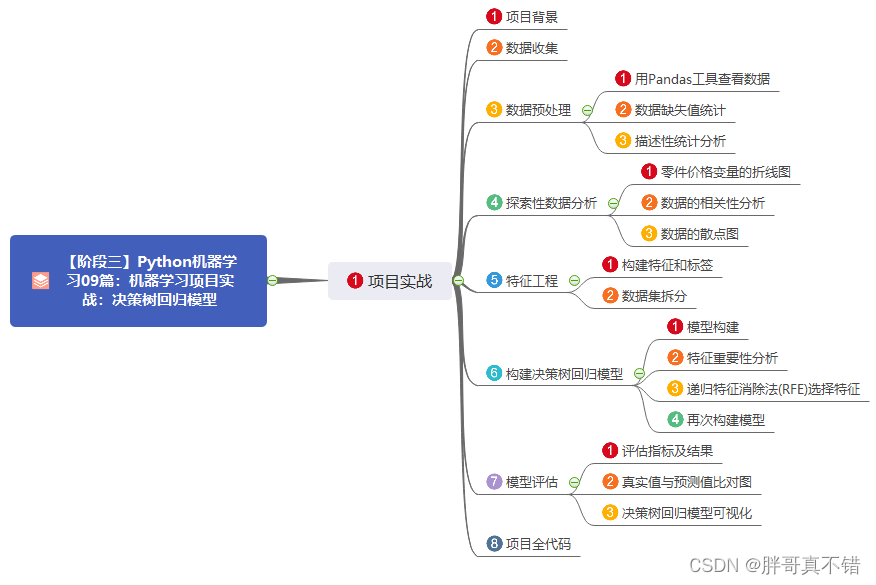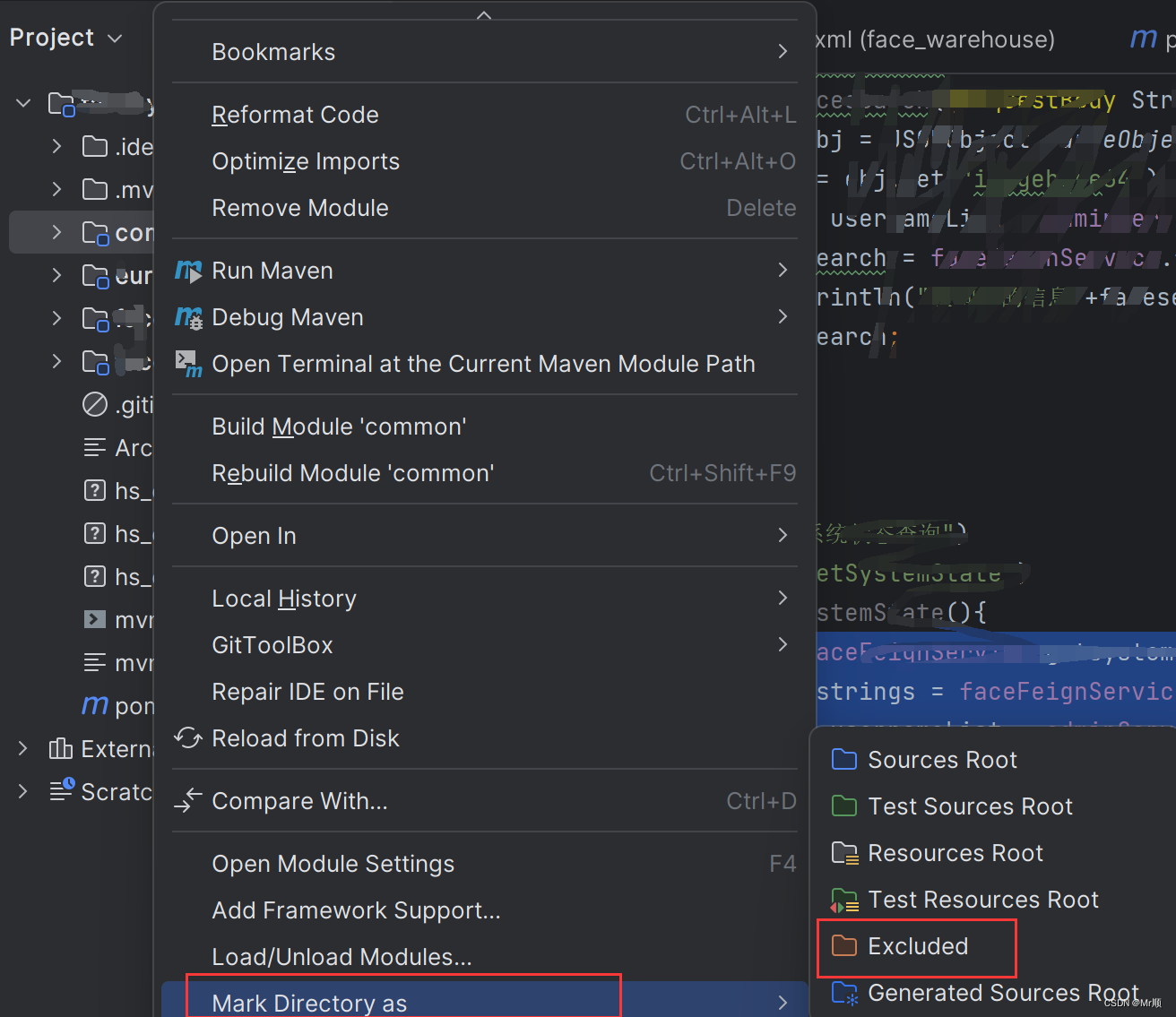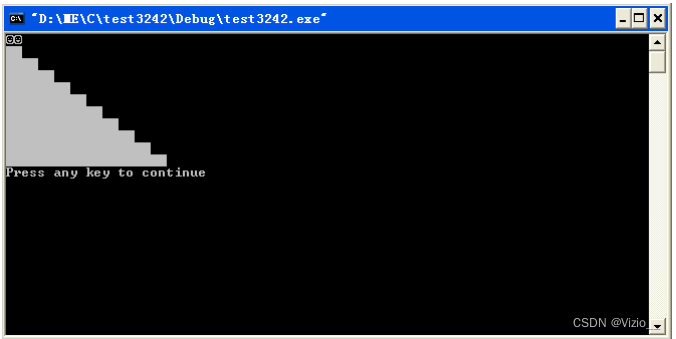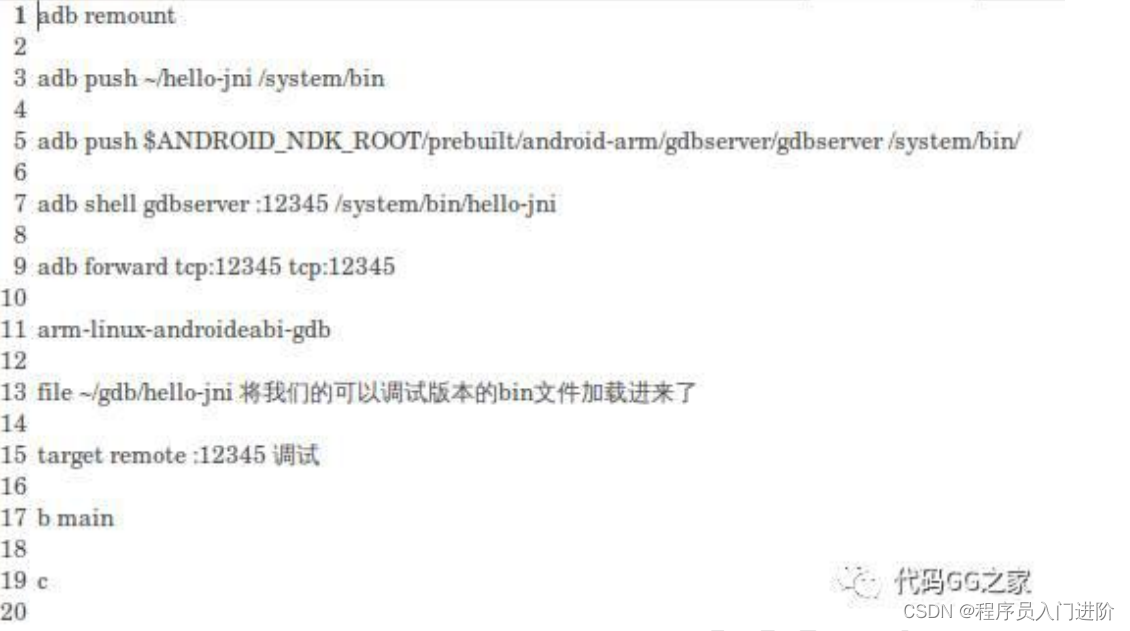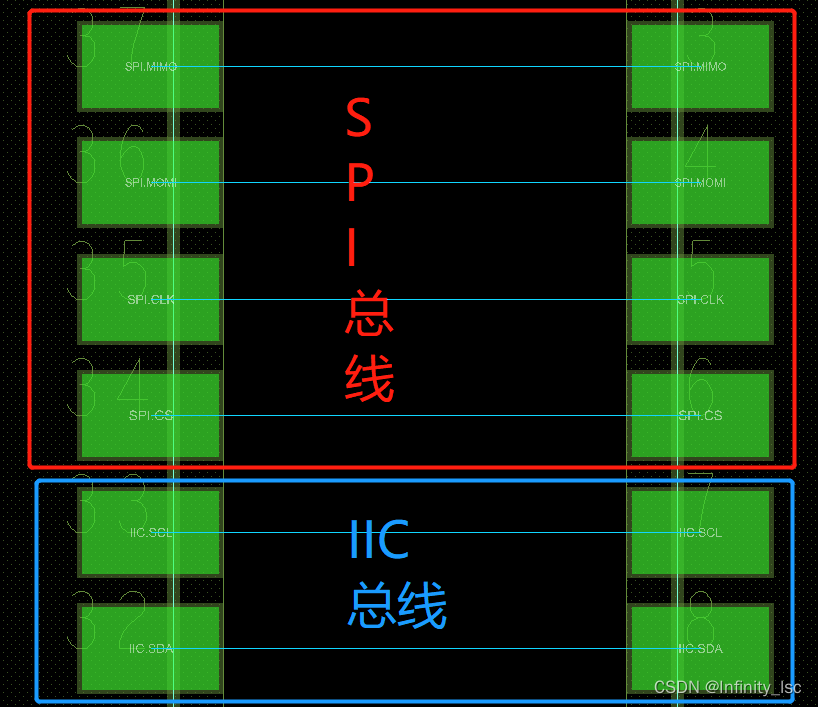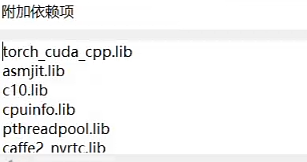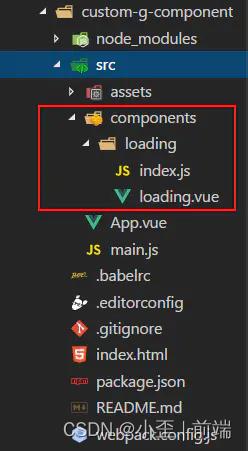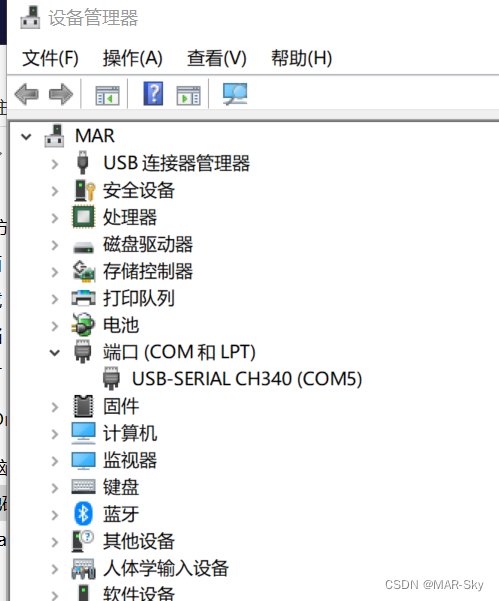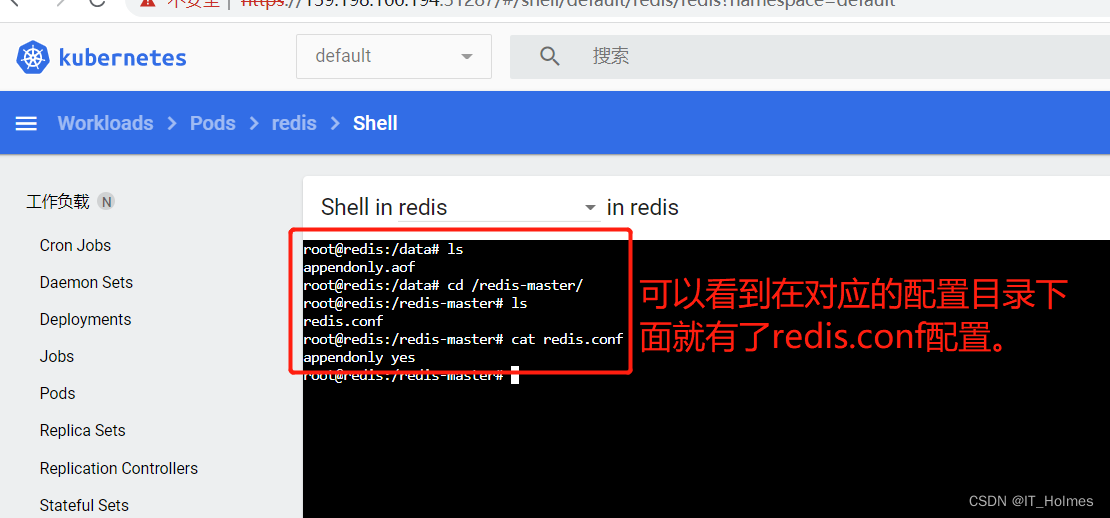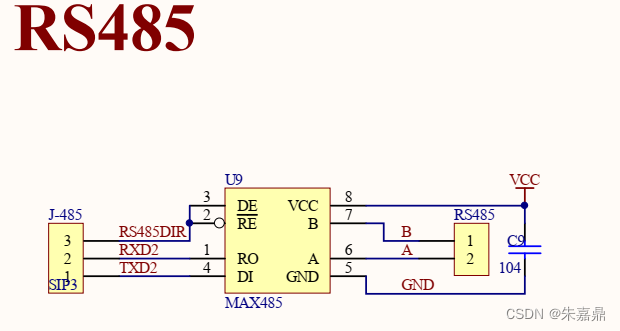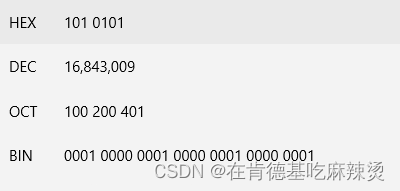文章目录
- 1.speed up system call
- 2. print page
- 3. Detecting which pages have been accessed
- where is page table?
- function of page table?
- how to get arguments from user to kernel? –
reference:https://stackoverflow.com/questions/46870509/how-to-pass-a-value-into-system-call-xv6
1.speed up system call
Code learning:
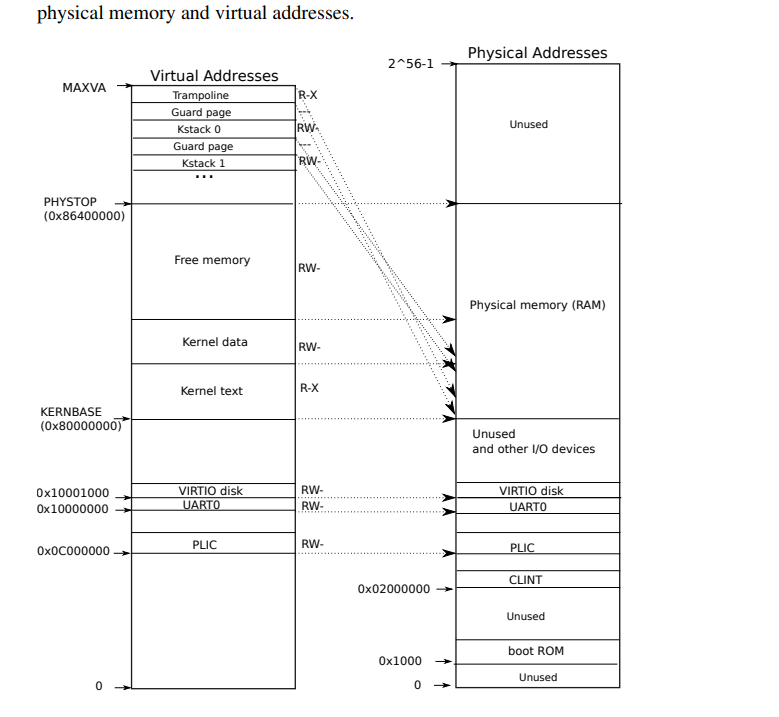

according to hint, change the code step by step:
- You can perform the mapping in proc_pagetable() in kernel/proc.c.
- Choose permission bits that allow userspace to only read the page.
- You may find that mappages() is a useful utility.
//proc.c
// map the trapframe just below trapframe, for read-only page mapping
if(mappages(pagetable, USYSCALL, PGSIZE,
(uint64)(p->usyscall), PTE_R | PTE_U) < 0){
uvmunmap(pagetable, TRAMPOLINE, 1, 0);
uvmunmap(pagetable, TRAPFRAME, 1, 0);
uvmunmap(pagetable, USYSCALL, 1, 0);
uvmfree(pagetable, 0);
return 0;
}
- Don’t forget to allocate and initialize the page in allocproc().
...//proc.c
found:
// Allocate a pid page. 'allocate and initialize the page'
if((p->usyscall = (struct usyscall *)kalloc()) == 0){
freeproc(p);
release(&p->lock);
return 0;
}
p->usyscall->pid = p->pid;
Make sure to free the page in freeproc().
//proc.c
// free a proc structure and the data hanging from it,
// including user pages.
// p->lock must be held.
static void
freeproc(struct proc *p)
{
...
if(p->trapframe)
kfree((void*)p->trapframe);
p->trapframe = 0;
if(p->usyscall)
kfree((void*)p->usyscall);
p->usyscall = 0;
...
//proc.c
// Free a process's page table, and free the
// physical memory it refers to.
void
proc_freepagetable(pagetable_t pagetable, uint64 sz)
{
uvmunmap(pagetable, TRAMPOLINE, 1, 0);
uvmunmap(pagetable, TRAPFRAME, 1, 0);
uvmunmap(pagetable, USYSCALL, 1, 0);
uvmfree(pagetable, sz);
}
2. print page
You can put vmprint() in kernel/vm.c.
int
exec(char *path, char **argv)
{
...
if(p->pid==1){
vmprint(p->pagetable);
}
return argc
Use the macros at the end of the file kernel/riscv.h.
The functionfreewalkmay be inspirational.
Define the prototype for vmprint in kernel/defs.h so that you can call it from exec.c.
Use %p in your printf calls to print out full 64-bit hex PTEs and addresses as shown in the example.
// Recursively free page-table pages.
// All leaf mappings must already have been removed.
void
freewalk(pagetable_t pagetable)
{
// there are 2^9 = 512 PTEs in a page table.
for(int i = 0; i < 512; i++){
pte_t pte = pagetable[i];
if((pte & PTE_V) && (pte & (PTE_R|PTE_W|PTE_X)) == 0){
// this PTE points to a lower-level page table.
uint64 child = PTE2PA(pte);
freewalk((pagetable_t)child);
pagetable[i] = 0;
} else if(pte & PTE_V){
panic("freewalk: leaf");
}
}
kfree((void*)pagetable);
}
// Recursively check valid page-table pages.
void
vmprint(pagetable_t pagetable, int depth)
{
char* buf = "";
switch (depth)
{
case 0:
printf("page table %p\n", pagetable);
buf = "..";
break;
case 1:
buf = ".. ..";
break;
case 2:
buf = ".. .. ..";
break;
}
// there are 2^9 = 512 PTEs in a page table.
for(int i = 0; i < 512; i++){
pte_t pte = pagetable[i];
if(pte & PTE_V){
// ..0: pte 0x0000000021fda801 pa 0x0000000087f6a000
// this PTE points to a lower-level page table.
uint64 child = PTE2PA(pte);
printf("%s%d: pte %p pa %p\n", buf, i, pte, child);
if(depth != 2)
vmprint((pagetable_t)child, ++depth);
}
}
}
3. Detecting which pages have been accessed
Look at the user program, found that it uses a buffer.
- buffer has 32 pages.
- For 1,2,30 page, we set 1 as they’ve been accessed.
- we call the
pageccess(), store the access result in the abits, then compareabitsand assumption.
pgaccess_test()
{
char *buf;
unsigned int abits;
printf("pgaccess_test starting\n");
testname = "pgaccess_test";
buf = malloc(32 * PGSIZE);
if (pgaccess(buf, 32, &abits) < 0)
err("pgaccess failed");
buf[PGSIZE * 1] += 1;
buf[PGSIZE * 2] += 1;
buf[PGSIZE * 30] += 1;
if (pgaccess(buf, 32, &abits) < 0)
err("pgaccess failed");
if (abits != ((1 << 1) | (1 << 2) | (1 << 30)))
err("incorrect access bits set");
free(buf);
printf("pgaccess_test: OK\n");
}
You’ll need to parse arguments using argaddr() and argint().
we see the two functions below, found that they can get arguments from pgaccess() by the kernel.
the way of getting arguments is access to trapframe register.
// Fetch the nth 32-bit system call argument.
int
argint(int n, int *ip)
{
*ip = argraw(n);
return 0;
}
// Retrieve an argument as a pointer.
// Doesn't check for legality, since
// copyin/copyout will do that.
int
argaddr(int n, uint64 *ip)
{
*ip = argraw(n);
return 0;
}
static uint64
argraw(int n)
{
struct proc *p = myproc();
switch (n) {
case 0:
return p->trapframe->a0;
case 1:
return p->trapframe->a1;
case 2:
return p->trapframe->a2;
case 3:
return p->trapframe->a3;
case 4:
return p->trapframe->a4;
case 5:
return p->trapframe->a5;
}
panic("argraw");
return -1;
}
So, we use them to input arguments from user program.
uint64 *buffer;
int pg_amount;
uint64 *abits
if(argaddr(0, %buffer) < 0) return -1;
if(argint(1, &pg_amount) < 0) return -1;
if(argaddr(2, abits) < 0) return -1;
result:
abits = 0x0000000000000000
pgtbltest: pgaccess_test failed: incorrect access bits set, pid=3
walk() in kernel/vm.c is very useful for finding the right PTEs.
check the walk() function, found that it can return the PTE’s address if valid. So, we use it for finding valid PTE
// Return the address of the PTE in page table pagetable
// that corresponds to virtual address va. If alloc!=0,
// create any required page-table pages.
//
// The risc-v Sv39 scheme has three levels of page-table
// pages. A page-table page contains 512 64-bit PTEs.
// A 64-bit virtual address is split into five fields:
// 39..63 -- must be zero.
// 30..38 -- 9 bits of level-2 index.
// 21..29 -- 9 bits of level-1 index.
// 12..20 -- 9 bits of level-0 index.
// 0..11 -- 12 bits of byte offset within the page.
pte_t *
walk(pagetable_t pagetable, uint64 va, int alloc)
{
if(va >= MAXVA)
panic("walk");
for(int level = 2; level > 0; level--) {
pte_t *pte = &pagetable[PX(level, va)];
if(*pte & PTE_V) {
pagetable = (pagetable_t)PTE2PA(*pte);
} else {
if(!alloc || (pagetable = (pde_t*)kalloc()) == 0)
return 0;
memset(pagetable, 0, PGSIZE);
*pte = PA2PTE(pagetable) | PTE_V;
}
}
return &pagetable[PX(0, va)];
}
//vm.c
//check accessed page
//return uint 32 mask for showing every page's condition of access
uint32
check_page(pagetable_t pagetable, uint64 start_va, int pg_amount)
{
if(start_va >= MAXVA)
panic("walk");
uint32 mask = 0;
for(int i = 0; i < pg_amount; i++){
pte_t * pte = walk(pagetable, start_va + i * PGSIZE, 0);
if(*pte & PTE_A) {
printf("i = %d\t", i);
mask |= 1 << i;
printf("mask = %p\n", mask);
*pte &= ~PTE_A; // 0 << 6 for bit clear
}
}
return mask;
}

